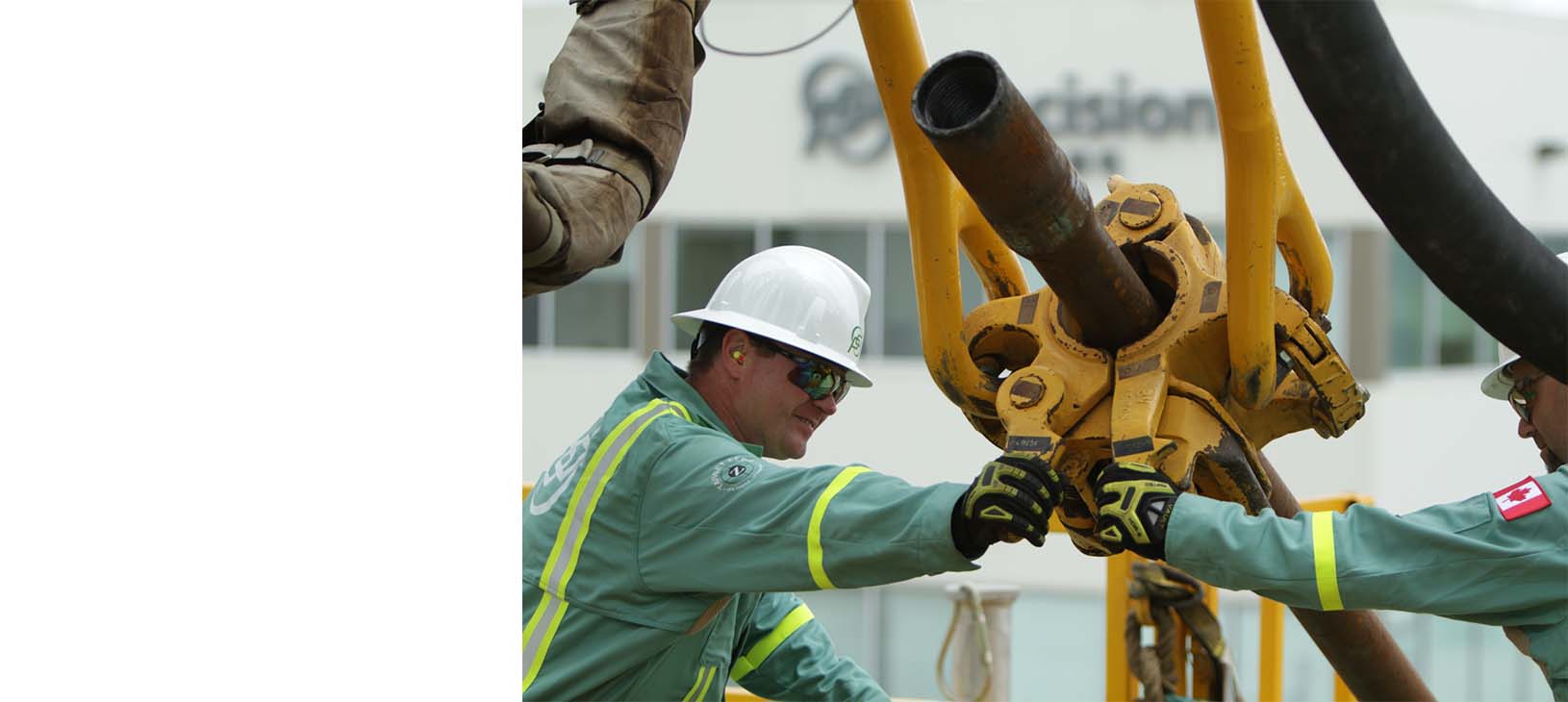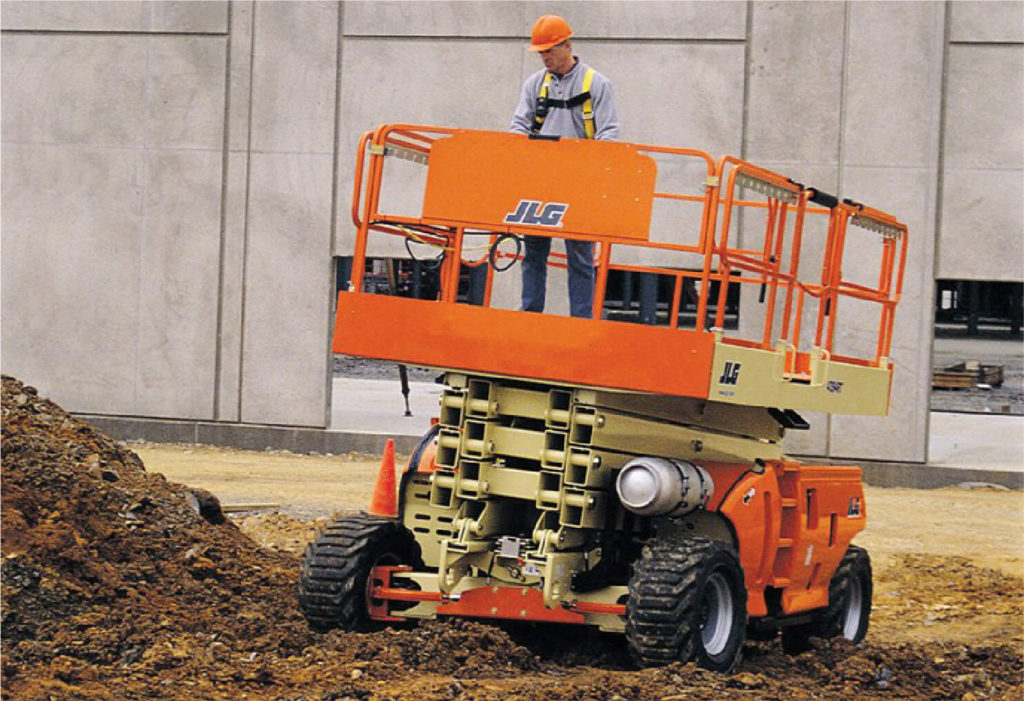Superior rentals squeeze tools: field-tested benefits you should know
Everything About Oil Field Equipment and Pipeline Equipment: Key Insights and Important Details
Oil field equipment and pipeline systems play a pivotal duty in the oil and gas sector. They are essential for the effective removal and transport of hydrocarbons. Trick parts, such as piercing rigs and tank, straight impact functional success. At the same time, improvements in modern technology guarantee to improve security and efficiency. Recognizing these components is essential for anyone associated with or curious about this intricate sector, as it establishes the stage for much deeper expedition of sector techniques.

Overview of Oil Field Equipment
As the need for oil continues to expand, comprehending the equipment made use of in oil areas ends up being significantly vital. Oil field equipment incorporates a broad array of machinery and tools vital for expedition, extraction, and handling. Secret elements include drilling rigs, which are essential for reaching oil tanks, and production tools, such as separators and pumps, that help with the extraction process. Superior rentals squeeze tools. In addition, tank play a significant duty in holding crude oil before transport. Security devices, consisting of blowout preventers and stress determines, assures operational security and efficiency. Each tool features cohesively to maximize production and preserve effective workflow. Experience with this equipment is essential for professionals in the industry to ensure effective procedures and adherence to security criteria
Sorts Of Drilling Rigs and Their Applications
Drilling rigs act as the backbone of oil removal procedures, with numerous kinds created for specific geological conditions and operational requirements. The most usual kinds include rotary exploration rigs, which make use of a revolving drill bit to pass through the earth, and wire device rigs, recognized for their percussion drilling method. For offshore operations, jack-up rigs and semi-submersible rigs give stability and assistance in aquatic environments. Additionally, directional drilling rigs enable drivers to drill at angles, getting to deposits that are not vertically easily accessible. Each rig type has unique advantages, maximizing effectiveness and safety based on the exploration environment. Picking the ideal rig is vital for making best use of resource extraction while reducing ecological impact and operational prices.

Crucial Pipeline Equipment and Their Functions
Pipeline infrastructure is important for the transport of oil and gas from removal sites to refining facilities and end-users. Different crucial equipment components facilitate this process. Pipelines themselves function as the key channels, developed to hold up against high pressure and destructive substances. Pump terminals are vital for keeping circulation by enhancing pressure along the pipeline. Shutoffs play a vital role in regulating circulation and isolating sections for maintenance. In addition, fittings and adapters ensure secure blog here joints between pipe sections. Monitoring systems, including circulation meters and pressure sensors, are essential for identifying leakages and maximizing flow rates. Lastly, pigging tools is utilized for maintenance and cleansing, guarding pipeline honesty and effectiveness. Together, these elements form the backbone of a reputable pipeline system.
Innovations and Technologies in Oil and Gas Equipment

Security and Upkeep Practices in the Oil Industry
While the oil market has made considerable strides in modern technology and performance, the value of robust safety and security and upkeep practices can not be overstated. Efficient safety procedures are necessary to safeguard employees and the environment, minimizing the danger of crashes and spills. Regular evaluations and maintenance of equipment aid determine prospective problems before they rise, making certain functional integrity. Training programs for staff members are important, emphasizing the value of security recognition and emergency reaction procedures. In addition, adherence to industry laws and criteria fosters a culture of safety. inch water line underground Implementing sophisticated tracking modern technologies can further improve upkeep methods, enabling real-time analyses of tools conditions. Inevitably, prioritizing safety and security and upkeep is indispensable to the sustainability and success of the oil market.
Regularly Asked Inquiries
What Are the Environmental Influences of Oil Field Equipment?
The environmental impacts of oil field equipment include habitat devastation, water contamination, and air contamination (Superior Rentals near me). Additionally, equipment breakdown can cause spills, negatively impacting wild animals and ecological communities, highlighting the need for rigid regulations and tracking
Exactly How Is Oil Field Equipment Delivered to Remote Locations?
Transferring oil field equipment to remote areas frequently entails customized vehicles, helicopters, or barges. Logistics companies coordinate paths, making certain equipment arrives safely and successfully, thinking about terrain and availability to decrease delays and make best use of performance.
What Regulatory Specifications Govern Oil Field Equipment?
Governing criteria controling oil field equipment mainly consist of safety, environmental management, and operational efficiency standards. Agencies such as OSHA and EPA implement these policies to ensure secure practices and minimize eco-friendly effect in oil extraction procedures.
What Skills Are Required to Run Oil Field Equipment?

Just How Do Oil Rates Influence Equipment Need and Use?
Oil costs significantly influence equipment need and use. Greater rates commonly lead to raised exploration and production activities, driving need for equipment. On the other hand, reduced rates may result in lowered operations and reduced requirement for tools.